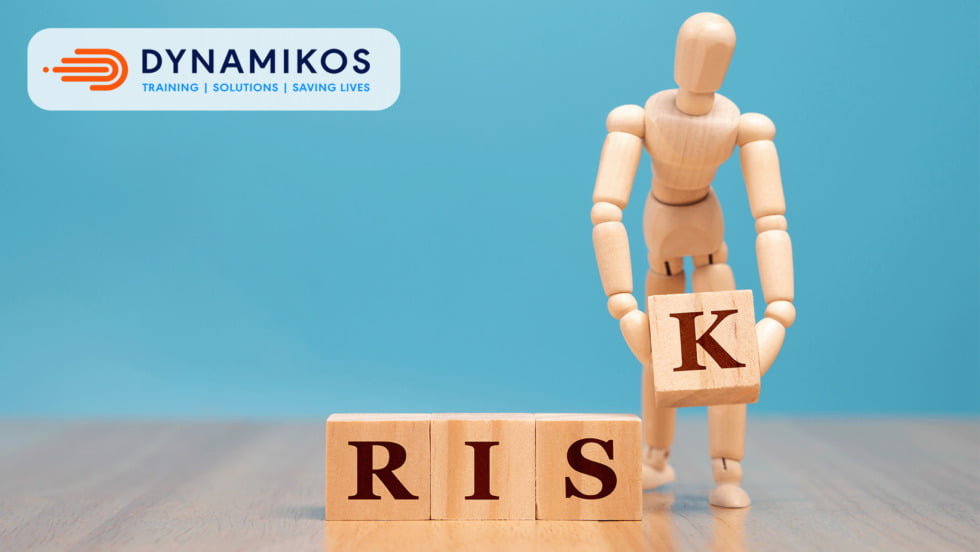
If you have ever had a visit from the Department of Employment and Labour, you will know that, without fail, this is one of the first documents the inspector’s request. With good reason. It ensures that employers have complied with the most important legal duty imposed on them by the Occupational Health and Safety Act, (Act 85 of 1993 as amended) and its incorporated regulations. This is the duty to provide and maintain a working environment that is safe and without risks to the health and safety of all employees. This duty cannot be discharged diligently and completely unless all potential hazards and related risks within the workplace have been identified.
The process of identifying the hazards and risks is referred to as a risk assessment. Often referred to as Hazards Identification and Risk Assessment or HIRA. Based on the outcomes of the risk assessments decisions are taken as to the required preventative measures to be implemented to ensure a safe workplace is provided and maintained. Simply put a risk assessment is a detailed look at what could hurt employees while they perform their duties at work. This then helps employers figure out what precautions and controls must develop to prevent workplace accidents, injuries, and death.
Within the workplace there are several types of risks assessments that could be undertaken. These include:
- Baseline Risk Assessments
- Baseline Risk Assessments
- Baseline Risk Assessments
This provides an overview of the hazards and risks for all aspects, machinery, and tasks within a workplace. This is generally undertaken if no previous risk assessment has been drafted. These should be reviewed at least annually.
- Issue Based Risk Assessments
- Issue Based Risk Assessments
- Issue Based Risk Assessments
The purpose of conducting an issue-based risk assessment is to conduct a detailed assessment that will result in the development of action plans for the treatment of significant risk. This type of assessment is normally focused at operational activities, processes and systems-based functions. It focuses the identification of the risks within a certain task, process or activity and is usually associated with the management of a change in the work. An example would be if a new machine has been commissions this assessment will be conducted prior to it becoming operational in the workplace or after a incident has occurred the process or task that was being conducted will be carefully re-assessed to ensure that all hazards addressed properly.
- Continuous Risk Assessment
- Continuous Risk Assessment
- Continuous Risk Assessment
Regular inspections conducted on equipment or machinery such as daily inspection of vehicles could be regarded as continuous based risk assessments. It is a strong and vital evaluation method that should be used regularly as part of everyday operations that results in the identification of hazards for immediate action, the identification of significant risks, gathering of information to updated or improved the Baseline Risk Assessment. Continuous Risk Assessments should be performed by direct (first-line) supervisors as they should be ongoing and not too complex for them to manage.
Non-compliance with the Occupational health and safety Act (Act 85 of 1993, as amended) apart from being a criminal offence can be very expensive and damaging to an organisation’s reputation. Resulting in severe losses to production and earnings.
Dynamikos offers Hazard Identification and Risk Assessment (HIRA) training courses as well as Occupational Health and safety services including the conducting of Risk Assessments for our clients to assist them in remaining compliant.
Regular inspections conducted on equipment or machinery such as daily inspection of vehicles could be regarded as continuous based risk assessments. It is a strong and vital evaluation method that should be used regularly as part of everyday operations that results in the identification of hazards for immediate action, the identification of significant risks, gathering of information to updated or improved the Baseline Risk Assessment. Continuous Risk Assessments should be performed by direct (first-line) supervisors as they should be ongoing and not too complex for them to manage.
Non-compliance with the Occupational health and safety Act (Act 85 of 1993, as amended) apart from being a criminal offence can be very expensive and damaging to an organisation’s reputation. Resulting in severe losses to production and earnings.
Dynamikos offers Hazard Identification and Risk Assessment (HIRA) training courses as well as Occupational Health and safety services including the conducting of Risk Assessments for our clients to assist them in remaining compliant.
